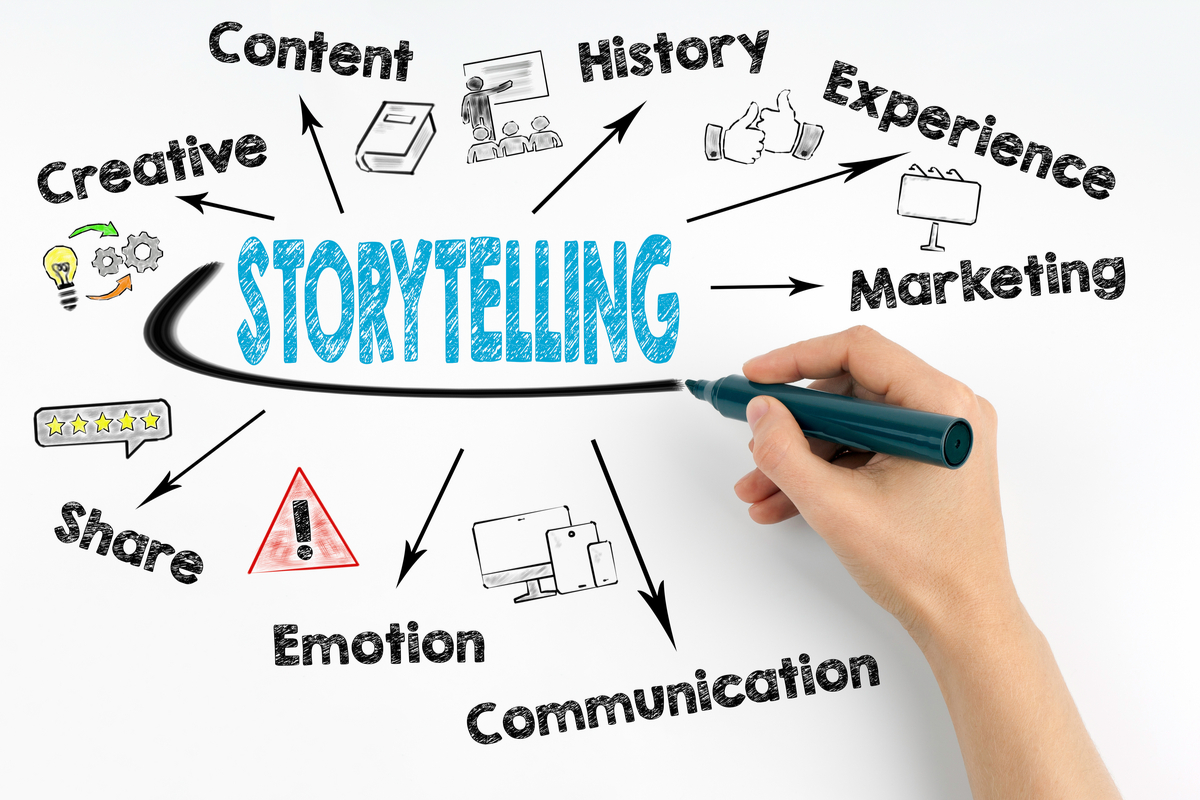
FAQ About Storytelling
What is the Hero's Journey and how can it be applied to storytelling?
The Hero's Journey, also known as the Monomyth, is a universal storytelling framework that outlines a common pattern followed by many myths, legends, and narratives across different cultures and genres. It was popularized by scholar Joseph Campbell in his book "The Hero with a Thousand Faces." The Hero's Journey consists of a series of stages that a hero undergoes as they embark on an adventure, face challenges, and ultimately return transformed. Here's an overview of the stages and how they can be applied to storytelling:
1. The Ordinary World:
- Introduce the hero in their ordinary and familiar environment. Establish their routine, relationships, and current circumstances.
2. Call to Adventure:
- The hero receives a call to leave their ordinary world and embark on a journey. This call is often accompanied by a challenge, opportunity, or a disruption to their routine.
3. Refusal of the Call:
- The hero initially hesitates to answer the call due to fear, doubts, or responsibilities. They may resist change and the challenges it brings.
4. Meeting the Mentor:
- The hero encounters a mentor or guide figure who offers advice, wisdom, and tools to help them overcome challenges and prepare for the journey.
5. Crossing the First Threshold:
- The hero commits to the adventure and leaves their ordinary world behind. They enter a new, unfamiliar realm that presents them with tests, allies, and enemies.
6. Tests, Allies, and Enemies:
- The hero faces a series of trials, makes new friends, and encounters adversaries. These experiences shape their character and abilities.
7. Approach to the Inmost Cave:
- The hero approaches a critical point in their journey, often a place of great danger or a confrontation with their fears. They prepare for a major ordeal.
8. Ordeal:
- The hero faces their greatest challenge, undergoes a transformation, and gains new insights or skills. This experience is a turning point in the story.
9. Reward (Seizing the Sword):
- After overcoming the ordeal, the hero reaps the rewards—such as knowledge, treasure, or personal growth. They are now better equipped to face the final battle.
10. The Road Back:
- The hero begins their journey back to the ordinary world, but they may face further obstacles or challenges as they try to return.
11. Resurrection:
- In the climactic battle, the hero faces their ultimate challenge and is reborn through a transformation or change. This represents the culmination of their growth.
12. Return with the Elixir:
- The hero returns to the ordinary world, bringing back newfound wisdom, skills, or a treasure that benefits them and their community.
